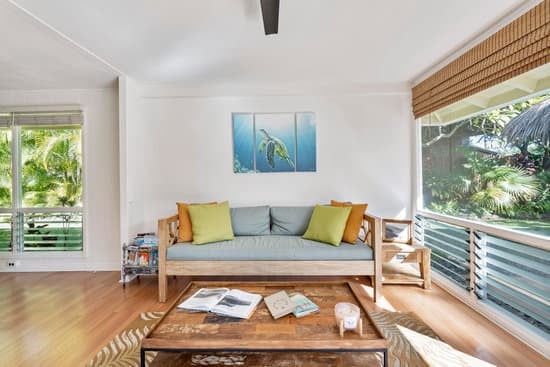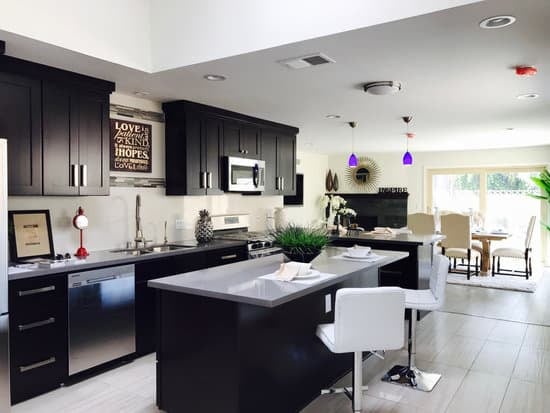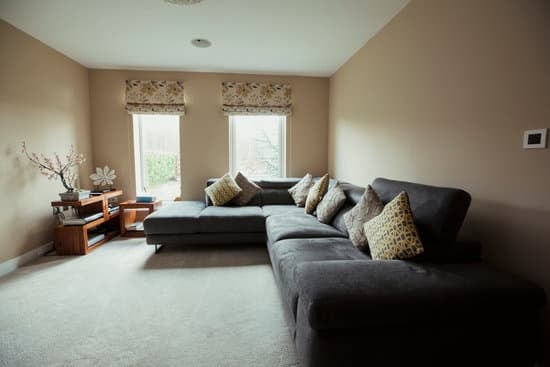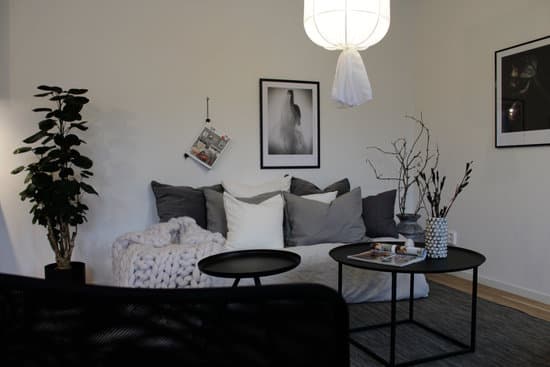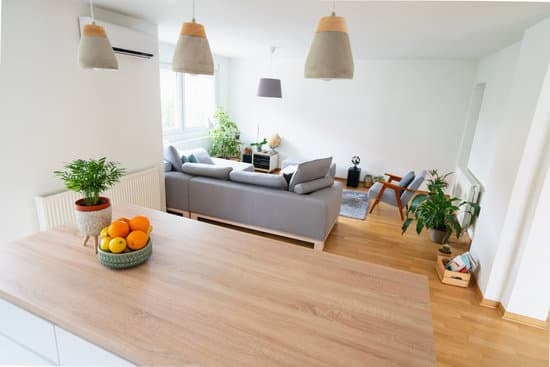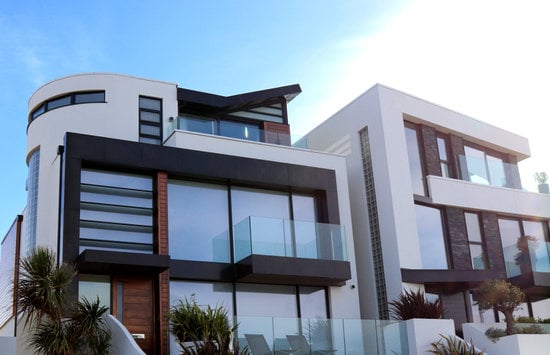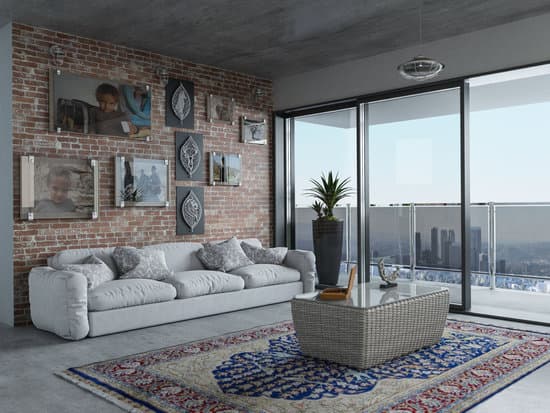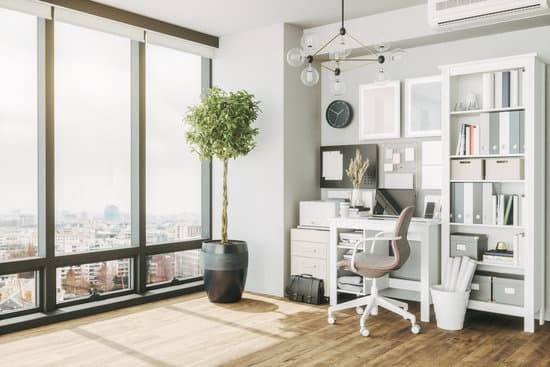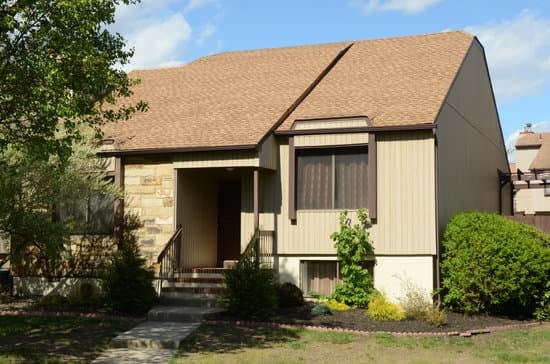- Prefab homes are generally more customizable than modular homes, as they are often created from scratch rather than being standardized like the modules used in modular homes.
- Modular homes consist of pre-made sections or modules that are constructed separately in a factory and then transported to the construction site for assembly.
- Prefab homes are often built using a mixture of materials, while modular homes are typically constructed using the same materials throughout.
- Due to their standardized construction and limited customization options, modular homes are often more affordable than prefab homes.
- Prefab homes are typically constructed in larger pieces than modular homes, meaning that they may require more specialized transportation and assembly on the construction site.
When it comes to discussing the difference between prefab and modular homes, it’s important to understand that these terms are not interchangeable. While both types of homes are constructed off-site in a factory setting, there are some key differences to note:




